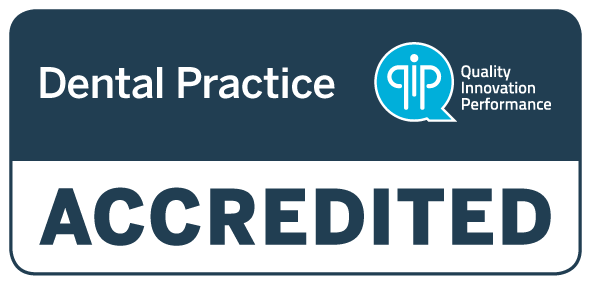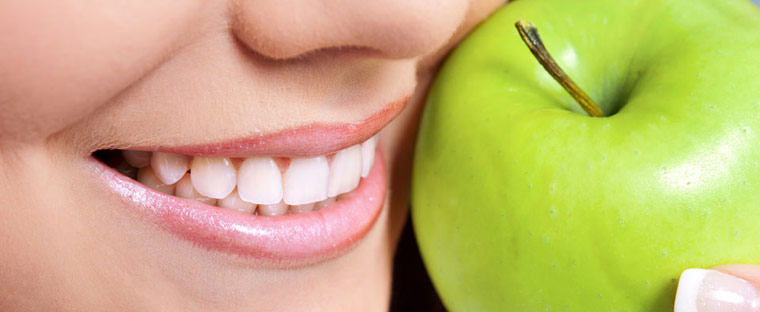If you’re tired of concealing your smile behind your teeth because of brown and yellow stains on them, don’t panic – there are techniques to get rid of those stains permanently. You take great pride in your appearance, which is entirely natural and healthy. However, if brown and yellow teeth stains are causing you to feel self-conscious and depressed, you should know that you do not have to live with them. There are ways to be free of them for the rest of your life.
Read on to understand more about what teeth discoloration is, what develops teeth stains, and how to get rid of them – and if you still need reassurance and support, you can book a free dental appointment to see how we can help you.
What is teeth discolouration?
Tooth discoloration, also described as tooth staining, is the look of tooth colour, clarity, and hue that is abnormal and ugly. An accumulation of deposits on the tooth’s surface causes external tooth discoloration. Internal discoloration in your teeth occurs due to pigment particles being absorbed into the tooth structure. There are several reasons why your teeth aren’t as white as they should be, but there are three basic types of teeth discoloration that we’ll go through below.
What causes stains on teeth?
Extrinsic, intrinsic, and age-related factors can all produce stains on teeth.
Extrinsic stains are caused by dark foods or drinks staining the enamel of the teeth, such as wine, coffee, cola, or your delicious curry. Extrinsic stains can also be caused by other lifestyle variables, such as smoking. Extrinsic stains can be avoided or reduced by following a good and regular dental regimen and visiting your dentist regularly.
Intrinsic stains appear when the inner structure of your teeth (the dentin) darkens or turns yellow. Stains can appear for numerous reasons:
- One was exposed to too much fluoride as a child
- During the latter half of your mother’s pregnancy, she took tetracycline antibiotics
- Before the age of eight, you utilized tetracycline antibiotic
- You suffered a fall or other type of trauma when you were young, and the internal blood discoloured the teeth
- You were diagnosed with dentinogenesis imperfecta, an uncommon disorder that produces teeth discoloration in green, amber, or purple
- Finally, discoloration may be caused by the passage of time. Dentin naturally yellows with age, and enamel thins, making the dentin more visible.
Removing stains on teeth with home whitening remedies
You may have come across a variety of home whitening methods, like whitening toothpaste, baking soda, activated charcoal whitening, apple cider vinegar, and numerous home whitening strip kits, if you’re looking for whiter teeth.
Home cures can sometimes be harmful to your health. For example, some harsh bleaching gels found in teeth whitening kits can cause oral infections, blisters and burns, gum shrinkage, and even nerve and tooth enamel damage.
So, if you are looking to whiten your teeth, the safest and most effective option is to do it at the dental clinic.
To prevent stains on teeth, make it a daily priority
So, what are your options if you’ve given up on at-home cures that promise magical results? The first and most efficient way to care for your mouth and prevent tooth stains is to follow a strict daily dental routine. For example, brush your teeth daily after eating or drinking to avoid and remove surface stains, and use an antibacterial rinse to reduce stained plaque – stains are easily trapped in plaque, and your mouthwash is specifically intended to remove it. You can also avoid foods and beverages known to discolour your teeth. Also, if you’re a frequent smoker, now is the time to quit because the nicotine and tar in tobacco cause severe stains on teeth.
What are the side effects or risks to professional whitening treatments?
Professional whitening procedures for extrinsic (surface) and intrinsic (deep) stains can be safe and effective. Professional whitening has a high customer satisfaction rate and is one of the finest ways to whiten teeth without destroying enamel, but it isn’t for everyone. If any of the following involve you, you may not be a good candidate:
- You’re expecting a child or are breastfeeding
- You have gums or teeth that are sensitive
- You have a peroxide allergy
- You have a chipped or worn tooth, cavities, exposed roots, or gum disease
- Your crowns, fillings, and other forms of dental restorations are made of resin or porcelain and will not whiten, so they will not compliment your other whitened teeth
- You have white spot decalcifications; these areas will become whiter and more visible after a whitening treatment
- Grey-looking stains will not react to bleaching solutions as effectively as brownish or yellowish discoloured teeth
Make a teeth whitening appointment with your local dentist
At first glance, at-home whitening kits may appear less expensive, but don’t be misled by false economy. You’re unlikely to obtain the outcomes you want on the first try or even the tenth. The expenditures will soon mount up, leaving you out of cash, and your teeth will not be much brighter.
You must visit your nearby dentist right away to avoid disappointment and frustration. As long as you have permanent molars and good oral health, professional whitening is a fantastic option for most patients. In addition, anyone with stubborn brown or yellow stains on their teeth can benefit from professional dental whitening.
The takeaway
While modifying your diet, reducing stain-causing foods, and employing at-home teeth whitening procedures can all help you attain a brighter smile, nothing beats the speed and effectiveness of an expert in-office whitening treatment. Contact your dentist if you’re concerned about visible stains or your teeth aren’t as white as they once were.
Teeth whitening treatment is easy and affordable now. There is no reason for you to walk around feeling self-conscious about your dull or discoloured smile. Just fix an appointment with the dentist and they will give you an assessment on whether you are a good candidate for the procedure.



Pingback: skachatpinupkazinonaandroid.korunds.kz
Pingback: Sweet Bonanza casino
Pingback: hell hot 100 slot
Pingback: ทัวร์แม่ค้าจีน
Comments are closed.